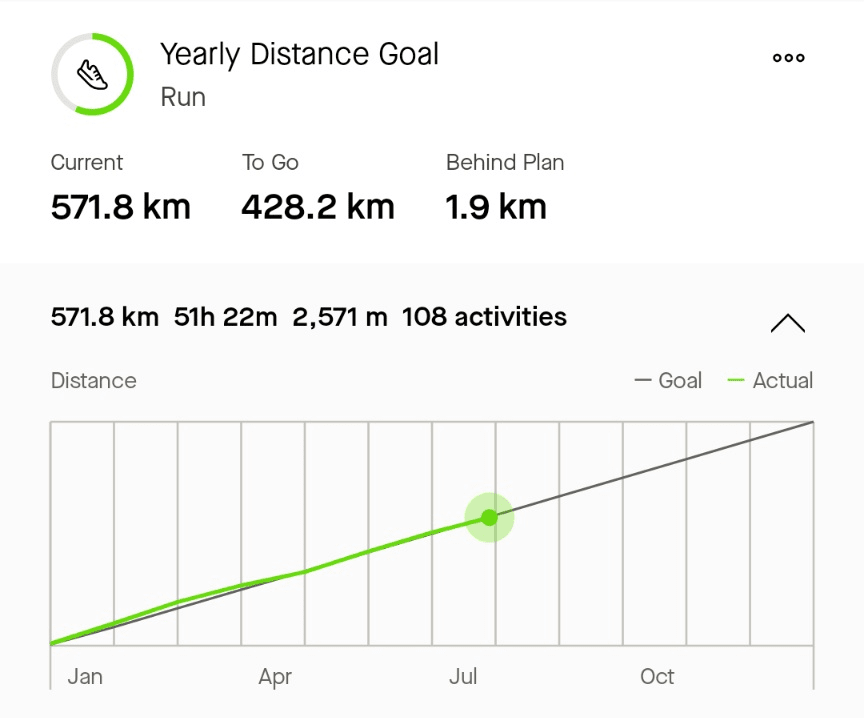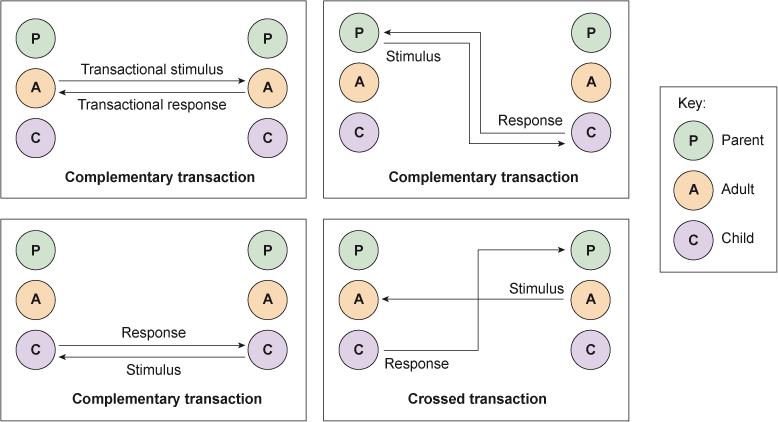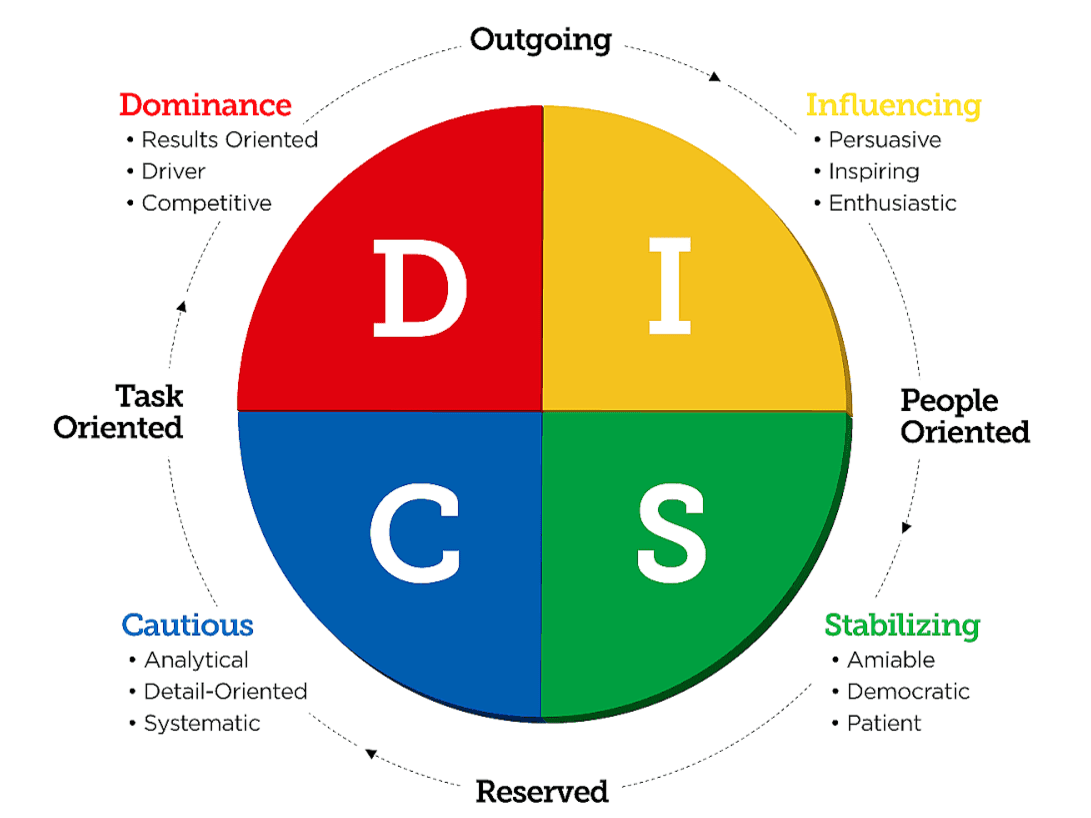Weeknote 29/2024

I’m typing this on my laptop while half-sitting, half-lying on my bed. I’m surrounded by clothes, toiletries, and suitcases. Fink is playing via Plex connected to one of our many Google Home devices. Tomorrow, we head down to a hotel near Stansted before flying to the island of São Miguel in the Azores. I said I’d never fly Ryanair again, but a) they’re the only airline that fly there direct from the UK, and b) the flights were so cheap I couldn’t really refuse.
Since my last weeknote I’ve published 14 blog posts and handed in my latest assessment for my MSc in Systems Thinking in Practice. This is largely thanks to taking a social media break. I really dislike the fact that LinkedIn has become the de facto professional social network. It’s a joyless digital environment and it irks me that I have to spend any time there at all. Taking a break from it feels like it good for my mental health.
This last week has been the second of the user research and evaluation project for the Job Readiness Credential that IRC are piloting. Laura’s taking over as the point person while I’m away, and so I wanted to ensure that it was reasonably low-maintenance. That meant a lot of finessing of the stakeholder surveys and user research guide, with feedback from JFF and IRC. I do like an organised Trello board.
Although I haven’t yet had official confirmation, I saw that my sessions were featured on the ePIC programme, so I went ahead and booked flights and accommodation to go to the event in Paris in November. I figured that there would be more demand post-Olympics, and that would mean that prices would go up!
Other than that, we ran a retrospective (using the sailboat retro template, obvs) with Kerri and Gillian from the Digital Credential Consortium. We got loads done during our nine months working with them, including a communications strategy and knowledge base. Budgets permitting, we’re hoping to do some more in the new year.
I’m looking forward to walking, kayaking, canyoning, swimming, and other more active things on holiday. I can’t abide just sitting around doing nothing; it feels like a waste of my life when there’s so much to see and experience. The only limiting factor is likely to be my daughter’s knee. She went to see a physio at Sunderland’s Academy of Light, who confirmed that she’s injured her medial collateral ligament (MCL). Although she doesn’t appear to have torn anything, MCL strains and associate bone bruising can take a few weeks to heal.
Hopefully the knee brace my daughter is wearing will mean that she can participate in most of the things we do. Ironically enough, last year she was also injured on a school trip and couldn’t partake in any watersports activities when we went to Center Parcs in the Netherlands. She should be OK for the new football season, though.
Next week’s update might just be a bunch of photos as I’m not taking my laptop…
Screenshot of progress towards my yearly target of running 1,000km. For the first time I’m behind, because of a combination of the medication I was on, and buying an exercise bike.



